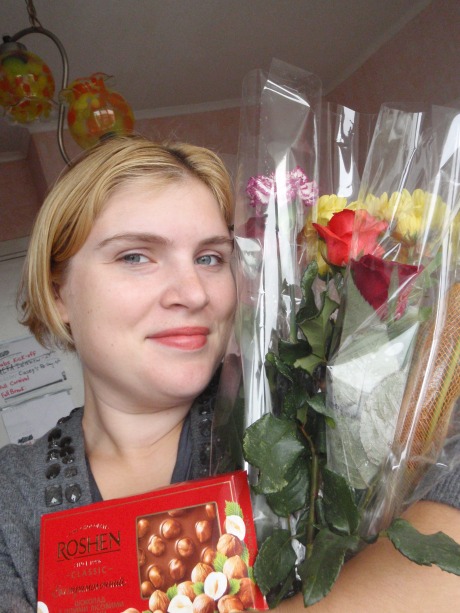“Cultural competence is active, developmental, an ongoing process and is aspirational rather than achieved.” Sue & Sue (2003)
When we first looked at the steps of cultural competence adapted from Sue & Sue (2003), I was confident I had passed the awareness stage, and was well on my way to developing a solid structure of knowledge and skills. However, taking a closer look at the breakdown of each stage presented in the self evaluation, I realize I have strengths and opportunities at each level. For example, though I feel I am consistently aware of my own biases, I cannot say I am always comfortable with the differences that exist between my students, their families, and my own cultural upbringing. On the other hand, I frequently work at the advocacy level, especially surrounding gender issues and inclusion of children with special needs. In those areas and others, I speak up against bias and discrimination, and am known as a referral source to those who need resources or want to become more aware of the issues affecting these cultures.
In order to improve my own cultural competence, and that of my students, I have selected a few action items from Cole (1995). First, my classes and I will identify and dispel stereotypes that may appear in our instructional material or learning environment. Since we cannot, and probably should not, study in a cultural vacuum, it will be important to address bias when it is present in order to try to determine its roots and impact. For example, many classic American novels have overt or subtle instances of racial stereotyping and prejudice. Instead of banning them in an English literature class, it might be more useful to examine the conditions under which the author was writing, and what may or may not be different today.
Second, I hope to create culturally compatible learning environments with my students. If I have students that come from collectivist cultures, I can make the most of this by assigning group projects and pair work. If I have students that come from cultures with oral storytelling traditions, what a great opportunity for class presentations and creative writing. I think the key is to be varied in the way I present material and flexible in the ways I allow students to express their knowledge. A time must come to practice clear, standard writing and speaking, but if neither of these skills are part of the main learning objectives, why not give multiple options for an assignment?
Finally, when I am more knowledgeable about my students’ cultural backgrounds, I plan to capitalize on students’ language, culture, and experiences to make lessons more meaningful and interesting. Geography lessons are naturally a great time for this, but culture can manifest itself in many disciplines. In social studies lessons, we can compare social and government structures across cultures, and together gain a better understanding of the system in the United States. In language arts, we can discuss various ways of telling a story, and which styles best suit different audiences.
References:
Cole, R. (editor). (1995). Educating everybody’s children: Diverse teaching strategies for diverse learners. ASCD Improving Student Achievement Research Panel.
Sue, D. W., and Sue, D. (2003). Counseling the culturally diverse: Theory and practice, 4th Ed. New York: John Wiley
